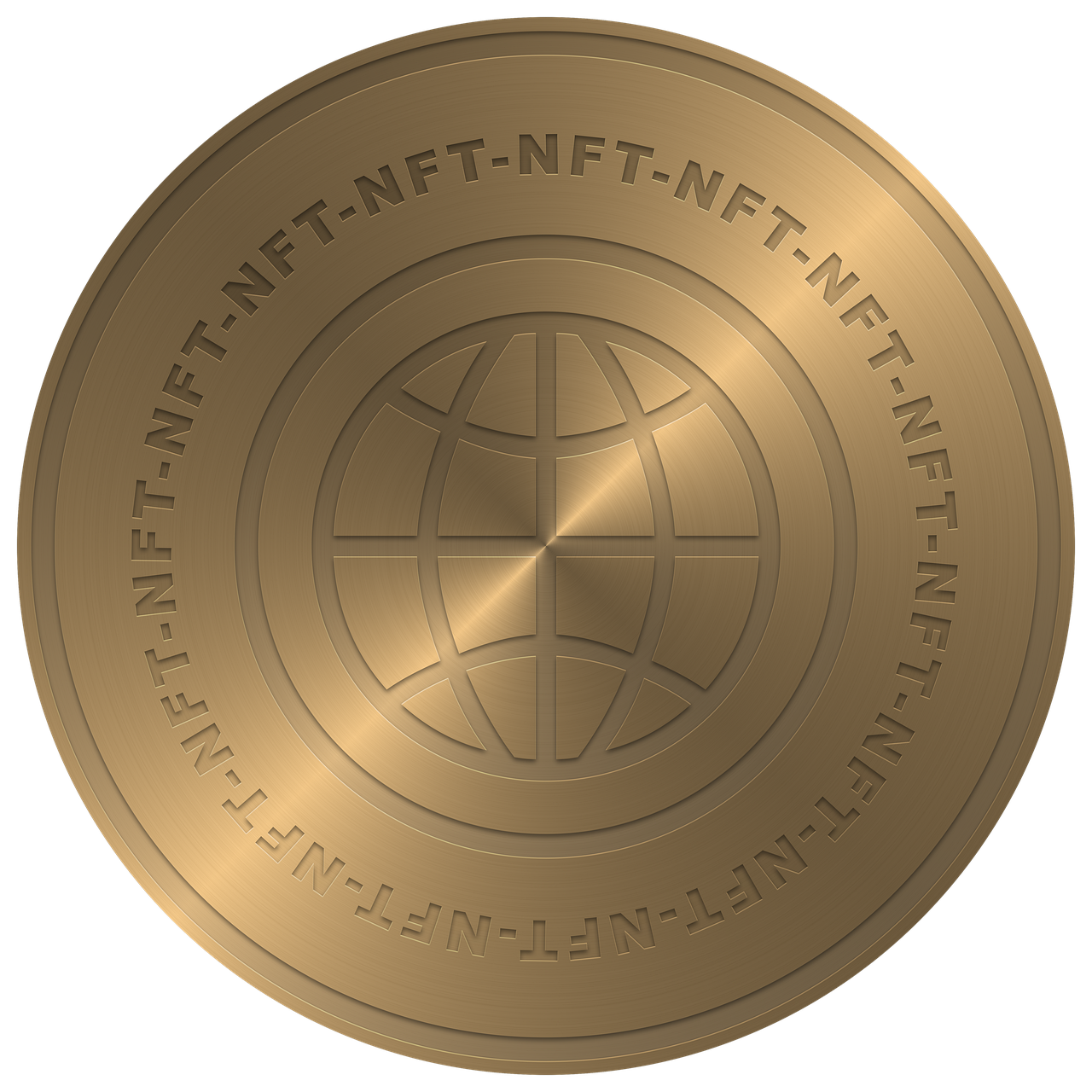A little over a week ago, I attended a prescient event in New York hosted by the Responsible Art Market Initiative which presented panels on two of the major topics of our time: NFTs and Sustainability in the stark white, overhung walls of the below ground Phillips auction house building on Park Avenue.
In the Air: February 2023
Crystal Baller, Part 2
Unquestionably yes! Whether the Benin objects or the Parthenon Marbles (we do not call them “Elgin” after their plunderer anymore). Almost weekly we see more information about the repatriation of objects.
NFTs ≠ Art
As I mentioned, a quick reminder that “NFT” does NOT solely equal a piece of digital art. It is a technology that provides scarcity to a digital asset. Scarcity delivers value – whether gold or non-tangible goods. Therefore, it makes many other activities possible beyond digital art possible such as music and events/ticketing. Through their increased application for these purposes will seem into the greater water supply of society and in 10 years we will not understand anything else. I want to speculate on this as it relates to art and artifact collections.
Web3-ing Your Stuff
Our databases that contain the vast troves of knowledge about the cultural heritage we steward analog the difference between web2 and web3. When we catalog an object and upload our knowledge of an object to a database, we mostly aggregate and copy information (literally, ad nauseum for me this week) that already exists about an object and store it with one, centralized company. Thus, that company gains a certain amount of power over our data based on its size.
IRL NFTs FTW
As a lot of “froth” has accumulated around the NFT trend, that they provide scarcity will undoubtedly allow them to weather the fad in the world of collections. Scarcity is the beating heart of the collection, of the museum, of the collectible. We may all have an image of the Mona Lisa, but only the Louvre has the actual work. It epitomizes scarcity despite the flood of reproductions.
We've Been Discovered
Not to lose out to NFTs, two recent headline-grabbing events will push those of us who work with art and artifacts to refine our relationship to technology: the valuation of Masterworks at $1 billion and the use of artificial intelligence by Swiss company Art Recognition in the authentication process of a Peter Paul Reubens painting at the National Gallery in London.








